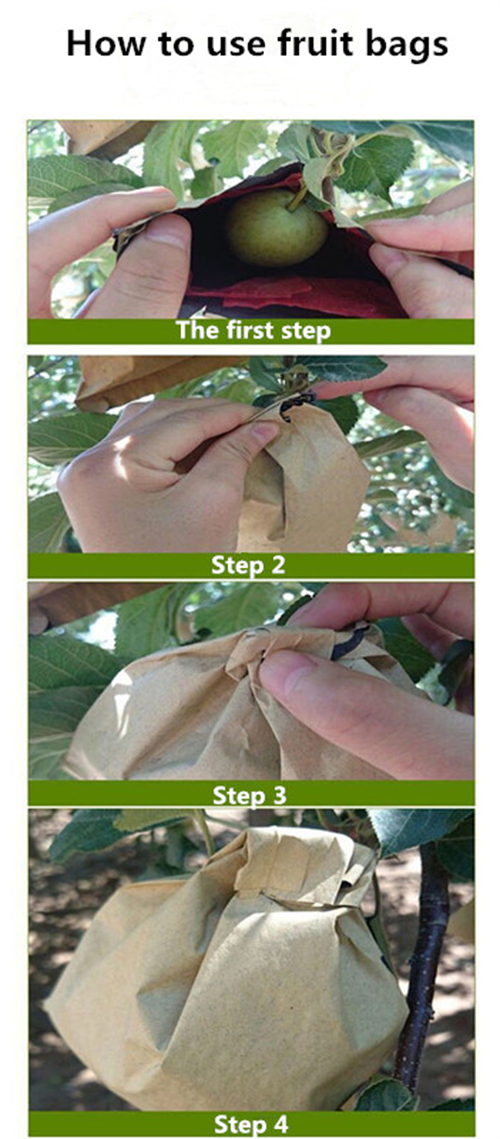Jul . 27, 2024 11:19 Back to list
Investigation of Pollen Collection Methods for Male Kiwifruit Flower Suppliers and Their Impact on Crop Yield
Pollen Collection of Male Flowers of Kiwifruit Suppliers
Kiwifruit, scientifically known as Actinidia deliciosa, is a popular fruit that has gained global acclaim for its unique flavor, vibrant color, and nutritional benefits. The cultivation of kiwifruit requires a delicate balance of agricultural practices to ensure optimal growth, flowering, and pollination. One critical aspect of this process is the collection and utilization of pollen from male kiwifruit flowers. This article explores the significance of pollen collection, the methods employed, and its impact on kiwifruit production.
Importance of Pollen Collection
Kiwifruit plants are dioecious, meaning that they have separate male and female plants. To produce fruit, pollination must occur between these two types. Male flowers produce pollen, which is essential for fertilizing female flowers and enabling the formation of fruit. High-quality pollen collection is crucial for successful pollination, as it directly affects the yield and quality of the kiwifruit. Insufficient or poor-quality pollen can lead to low fruit set, smaller fruit size, and uneven ripening, all of which negatively impact the economic viability of kiwifruit production.
Methods of Pollen Collection
The process of collecting pollen from male kiwifruit flowers requires careful planning and execution. Typically, pollen is collected during the flowering season when male flowers are in full bloom. This period is vital as the timing determines the quality and efficacy of collected pollen. There are several techniques employed in pollen collection
1. Manual Collection This traditional method involves hand-picking male flowers and gently shaking them to release pollen. This technique, while labor-intensive, often results in high-quality pollen due to the immediate processing of fresh flowers.
pollen collection of male flowers of kiwifruit suppliers

2. Vacuum Collection This more modern technique utilizes specialized equipment to create a vacuum that gently collects pollen from the male flowers without damaging them. This method can save time and labor while ensuring that a significant quantity of pollen is harvested.
3. Pollen Traps Some kiwifruit suppliers have begun to implement pollen traps, which are strategically placed around male plants to capture naturally dispersed pollen. This method not only collects pollen but also provides insights into the pollen distribution in the growing area.
Storage and Usage of Pollen
Once collected, the pollen needs to be stored properly to maintain its viability and effectiveness. Pollen can lose its fertilization potential rapidly if not handled correctly. Typically, it is stored in a cool, dry place, and often refrigerated to prolong its lifespan. Suppliers may also consider freeze-drying the pollen, which allows for long-term storage without sacrificing quality.
The collected pollen is then utilized in various ways, including direct application to female flowers or mixing with marketing strategies for controlled pollination. Some suppliers may even opt for artificial pollination methods to ensure that each female flower receives adequate pollen, thereby maximizing fruit set.
Conclusion
The collection of pollen from male kiwifruit flowers is a vital practice that directly influences the success of kiwifruit production. With the growing demand for high-quality kiwifruit, suppliers must adopt effective pollen collection and management strategies to ensure optimal yields. By understanding and implementing the best practices for pollen collection, kiwifruit suppliers can enhance their production efficiency, improve fruit quality, and ultimately thrive in the competitive agricultural market. As the industry evolves, investing in research and technology around pollen collection will continue to play a pivotal role in the future of kiwifruit cultivation.
-
Pollen Peach Tree for Pure Pollination and High-Quality Peach Pollen
NewsJul.30,2025
-
Premium Cherry Pollen for Pure Pollination & Different Types
NewsJul.30,2025
-
Artificial Pollination Solutions for Various Plant Pollen Types
NewsJul.29,2025
-
Artificial Pollination Solutions for All Plant Pollen Types
NewsJul.29,2025
-
Premium Plant Pollen for Pure Pollination & Pollen Block Solutions
NewsJul.29,2025
-
Artificial Pollination Solutions for Efficient Crop Yields
NewsJul.28,2025